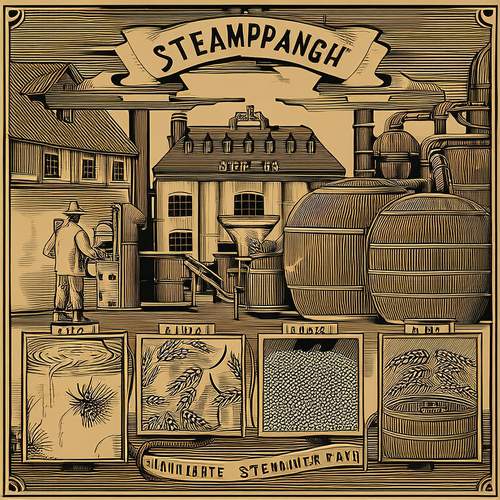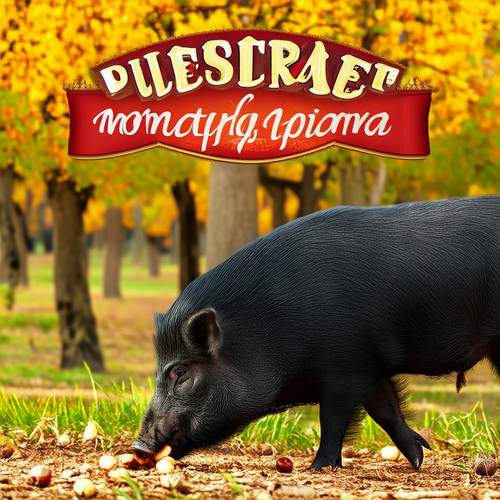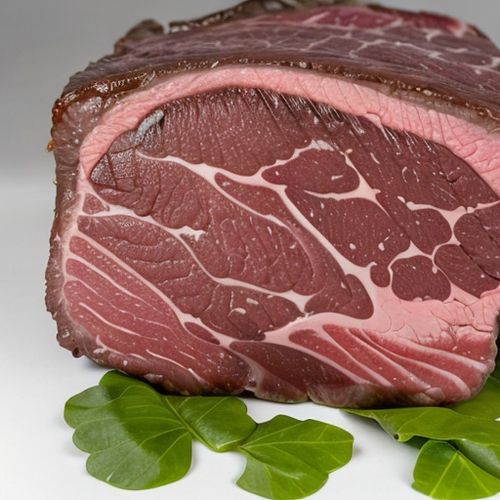The art of Neapolitan pizza-making has long been revered as a cultural treasure, a culinary tradition passed down through generations in the vibrant streets of Naples. In 2010, this centuries-old craft received official recognition when the European Union granted it the prestigious STG (Specialità Tradizionale Garantita) status. This certification serves as a protective shield, ensuring that the authentic methods and ingredients used in creating true Neapolitan pizza remain unchanged amidst an era of globalized fast food.
Walking through the narrow alleys of Naples' historic center, one can still witness pizzaiolos working their magic in wood-fired ovens, their movements precise yet effortless. The STG certification meticulously documents these traditional techniques, from hand-kneading the dough to the exact temperature at which the pizza must bake. What makes this designation particularly fascinating is how it captures not just the technical aspects, but the very soul of Neapolitan pizza culture - the rhythm of the baker's hands, the blistering heat of the oven, and that perfect moment when the crust achieves its characteristic leopard-spotted char.
The ingredients specified by the STG standards read like a love letter to Campania's terroir. Only specific varieties of Italian tomatoes grown in the Mediterranean sun can be used for the sauce. The mozzarella must be either fior di latte (from cow's milk) or the more traditional mozzarella di bufala, its creamy texture becoming perfectly molten under intense heat. The flour must be type "00" with precise protein content, and the dough may contain nothing more than flour, water, salt, and natural yeast. Even the olive oil drizzled atop must be extra virgin. These stringent requirements ensure that every bite carries the authentic flavors that made Naples famous.
Perhaps the most visually distinctive requirement concerns the pizza's physical characteristics. A true STG-certified Neapolitan pizza must have a raised edge (the famous cornicione) between 1-2 cm tall, with a thin center no thicker than 4mm. The diameter cannot exceed 35cm, ensuring the perfect balance between crust and toppings. When baked in a 485°C wood-fired oven for exactly 60-90 seconds, the crust should emerge soft and pliable enough to fold (the famous a portafoglio technique), yet sturdy enough to support its simple toppings without becoming soggy.
Beyond ingredients and techniques, the STG certification preserves the social rituals surrounding Neapolitan pizza. In traditional pizzerias, pizzas are served uncut, meant to be eaten with knife and fork or folded street-food style. The margherita (tomato, mozzarella, basil) and marinara (tomato, garlic, oregano) remain the gold standards, their color schemes representing the Italian flag and the sea respectively. This cultural context is as protected as the recipe itself, ensuring that the experience of eating Neapolitan pizza remains inseparable from its Neapolitan roots.
Obtaining STG certification requires pizzerias to undergo rigorous inspections. The Associazione Verace Pizza Napoletana, founded in 1984, acts as guardian of these standards, conducting surprise visits to check oven temperatures, ingredient quality, and preparation methods. Certified establishments display the STG logo prominently, a mark of honor that tells customers they're experiencing pizza exactly as it's been made in Naples since the 18th century. Interestingly, while the certification originated in Europe, pizzerias worldwide can obtain it if they meet all requirements - a testament to how seriously the culinary world takes this preservation effort.
The impact of STG certification extends beyond food purism. Economically, it protects Neapolitan producers of traditional ingredients from being undercut by cheaper alternatives. Culturally, it maintains a living link to Naples' history - the poor man's food that became a global phenomenon. For travelers, it provides assurance of authenticity in a city where every corner boasts "the best pizza." Most importantly, it ensures that future generations will experience the same magical alchemy of simple ingredients transformed by fire and skill that has defined Neapolitan pizza for centuries.
As pizza continues evolving globally - with stuffed crusts, exotic toppings, and gluten-free alternatives - the STG standards stand as a bulwark against homogenization. They remind us that some traditions deserve preservation exactly as they developed, not because they resist change, but because they represent perfection achieved. In Naples' pizzerias, where flour still dusts the air like volcanic ash and the scent of charring dough perfumes narrow streets, the STG certification ensures that time, for at least this one culinary masterpiece, stands deliciously still.

By /May 26, 2025

By /May 26, 2025

By /May 26, 2025

By /May 26, 2025

By /May 26, 2025

By /May 26, 2025

By Emily Johnson/May 10, 2025

By Elizabeth Taylor/May 10, 2025

By Michael Brown/May 10, 2025

By Joshua Howard/May 10, 2025

By William Miller/May 10, 2025

By Thomas Roberts/May 10, 2025

By Laura Wilson/May 10, 2025

By Joshua Howard/May 10, 2025

By Ryan Martin/May 10, 2025

By Sarah Davis/May 10, 2025